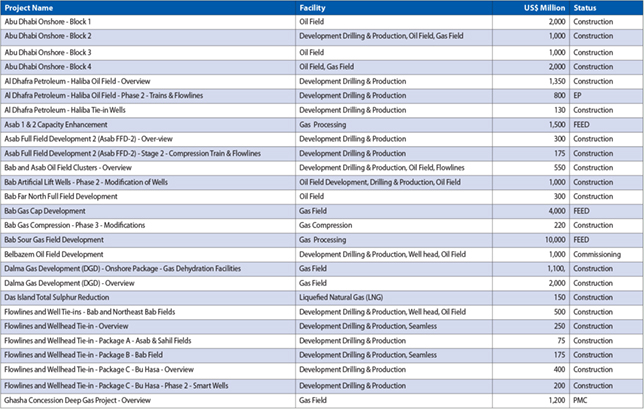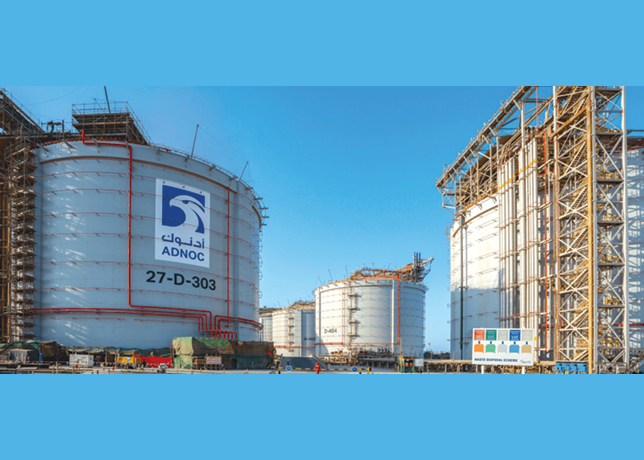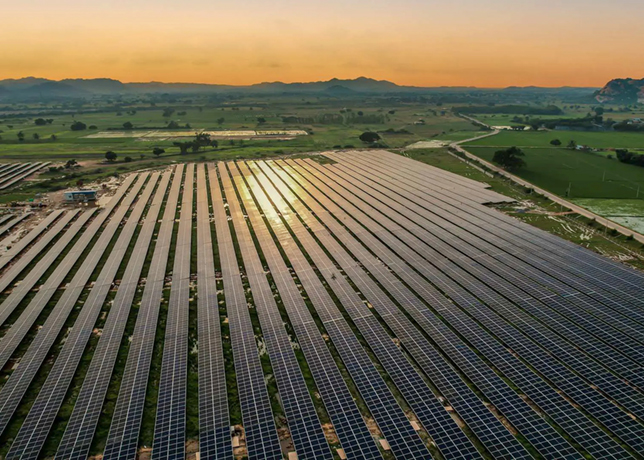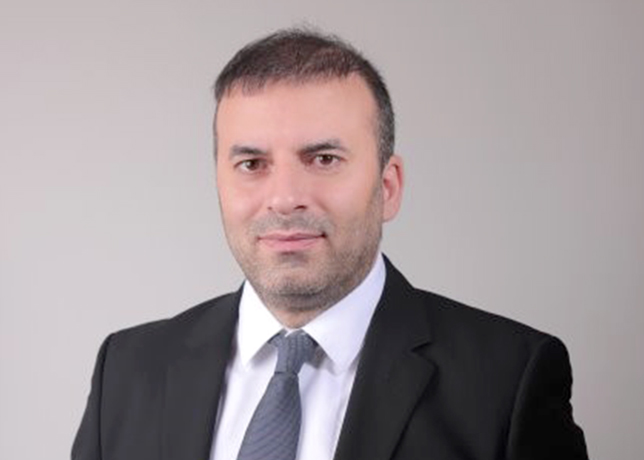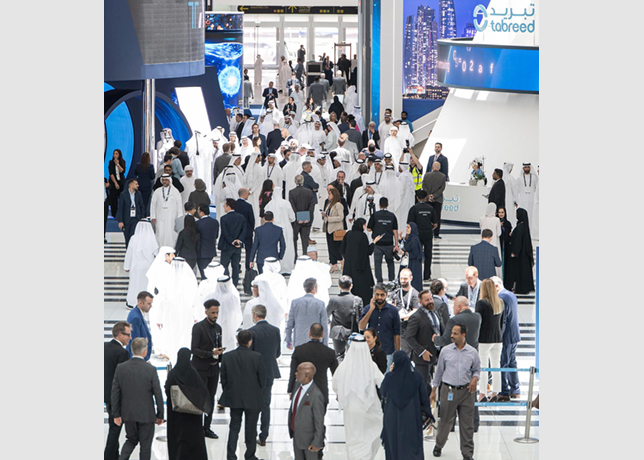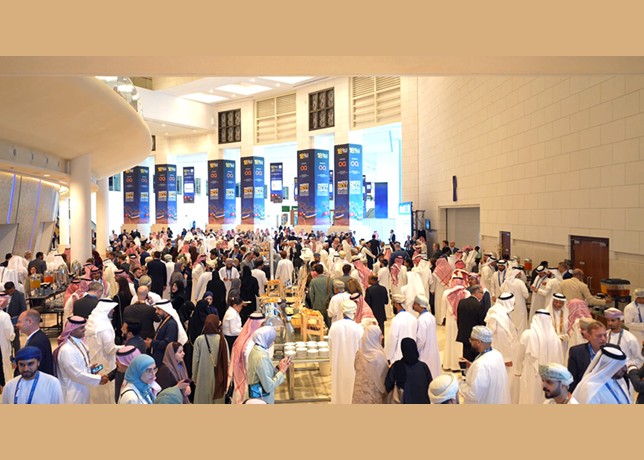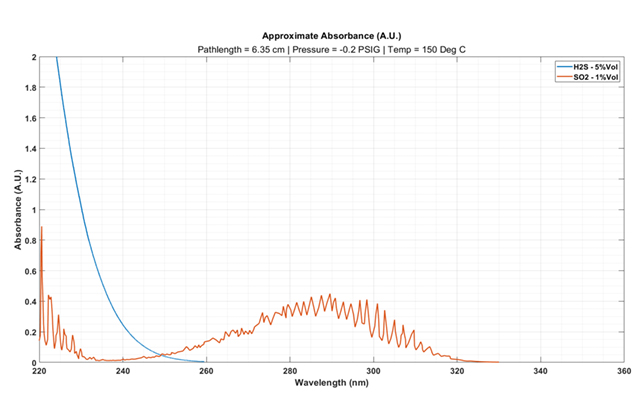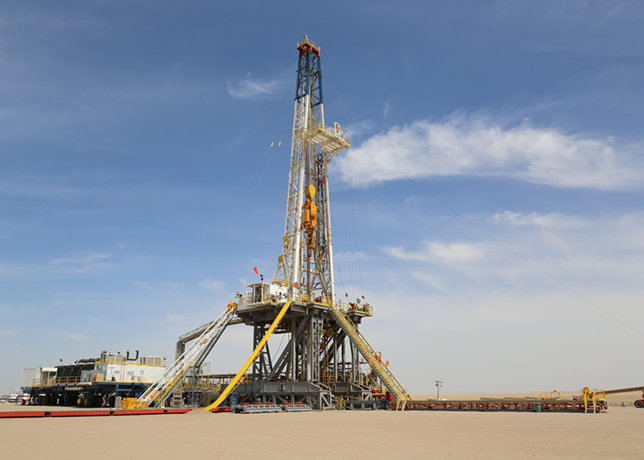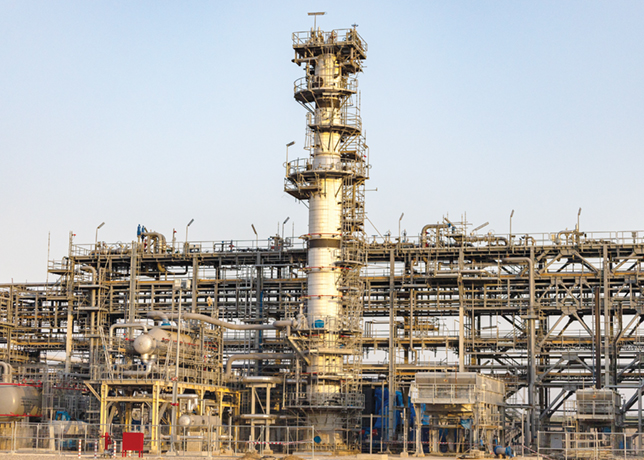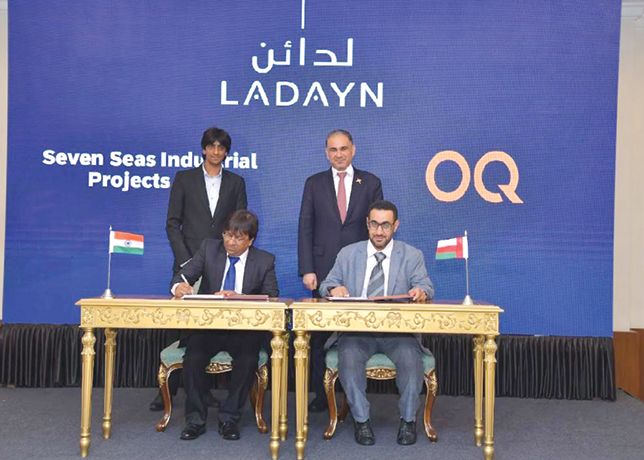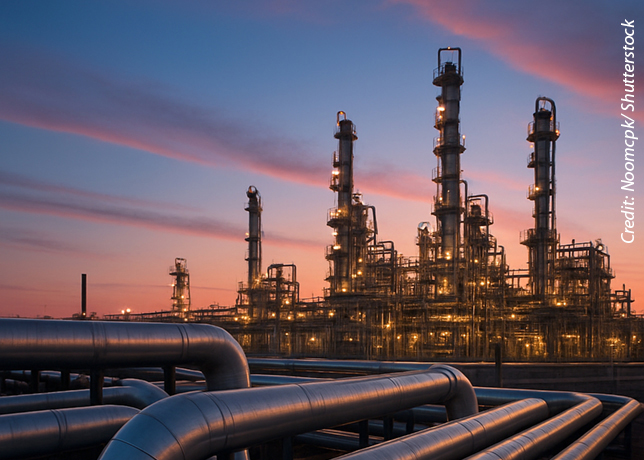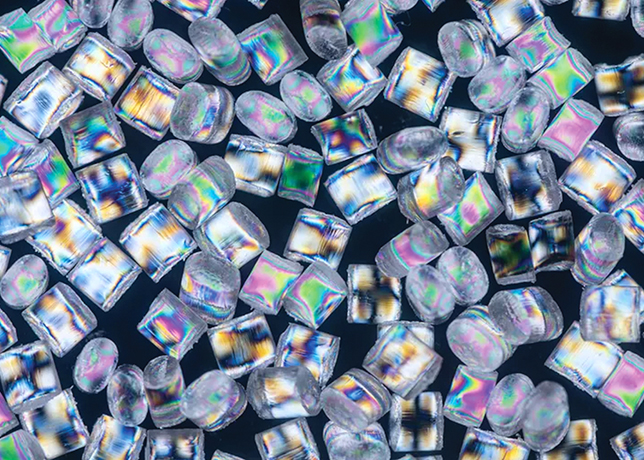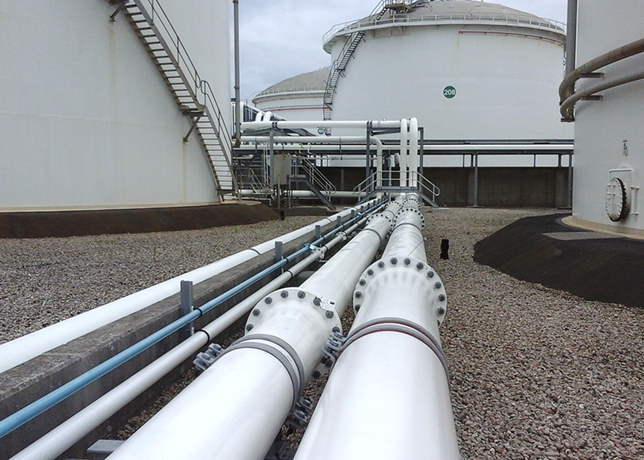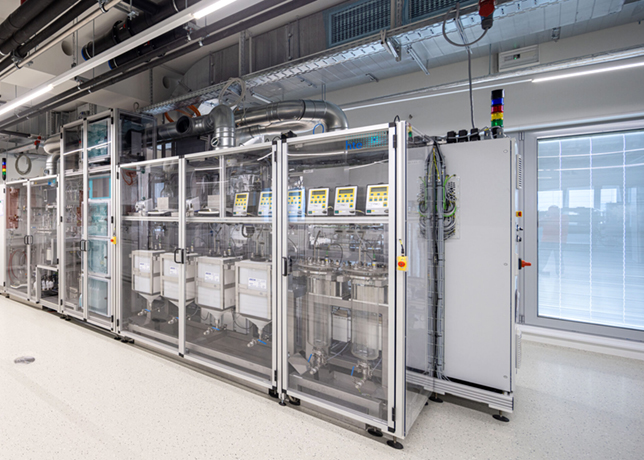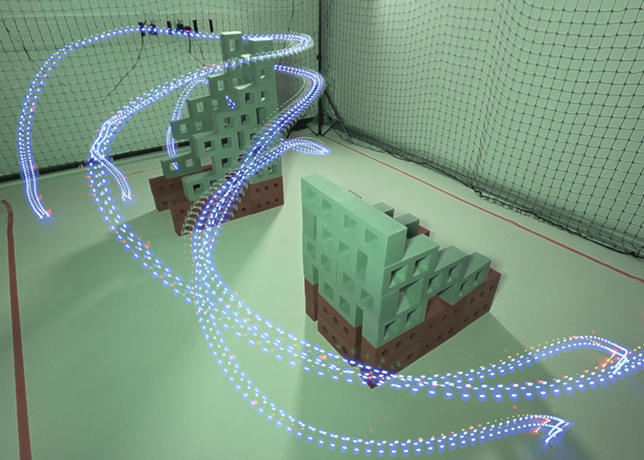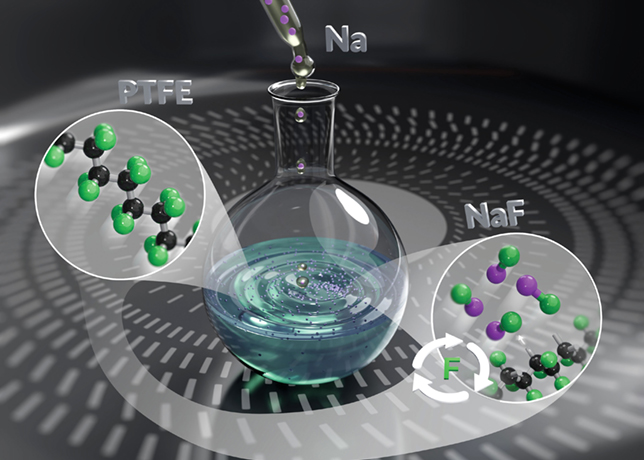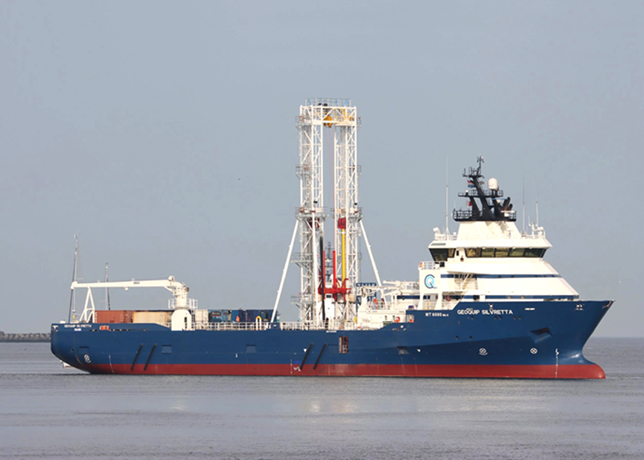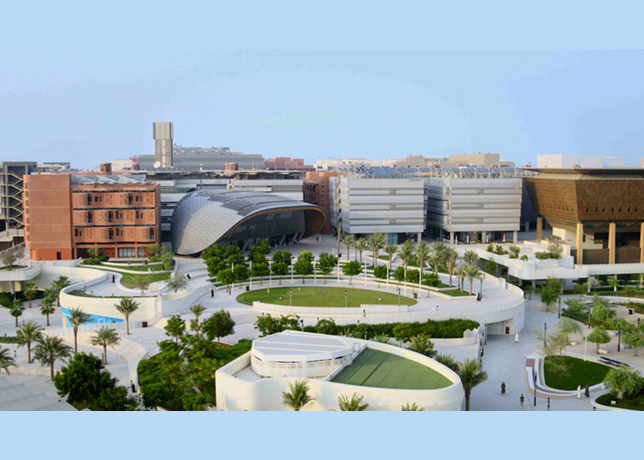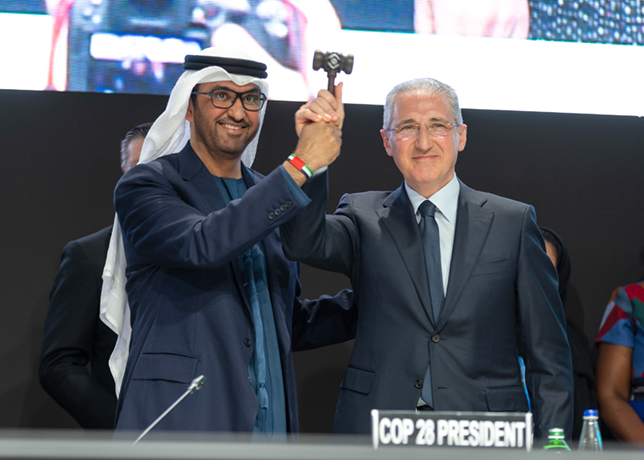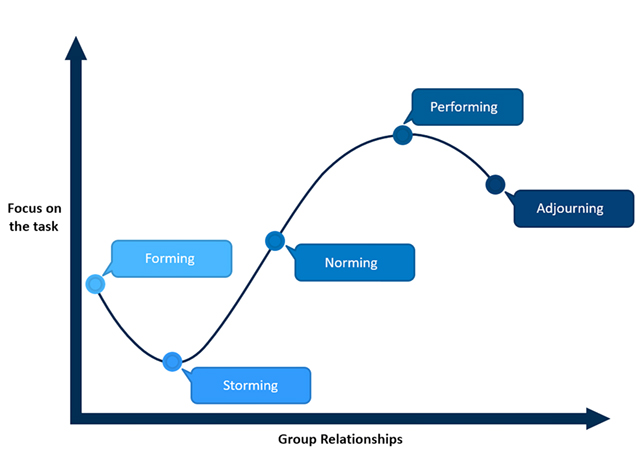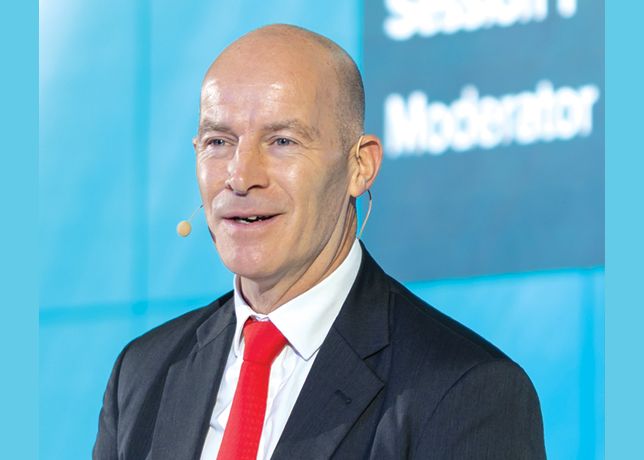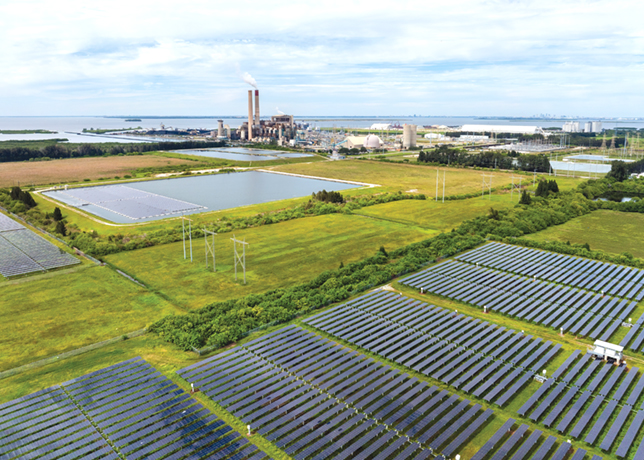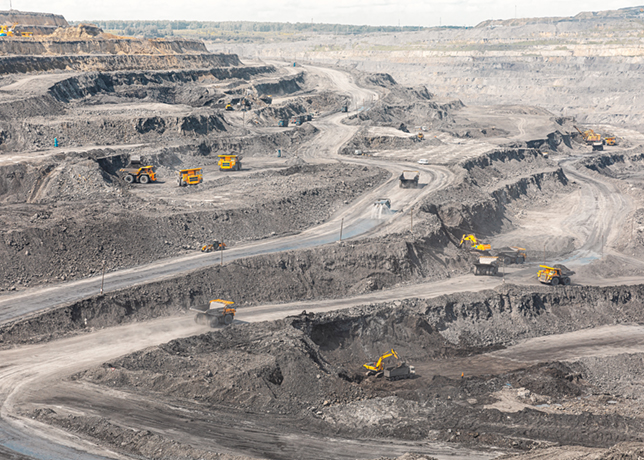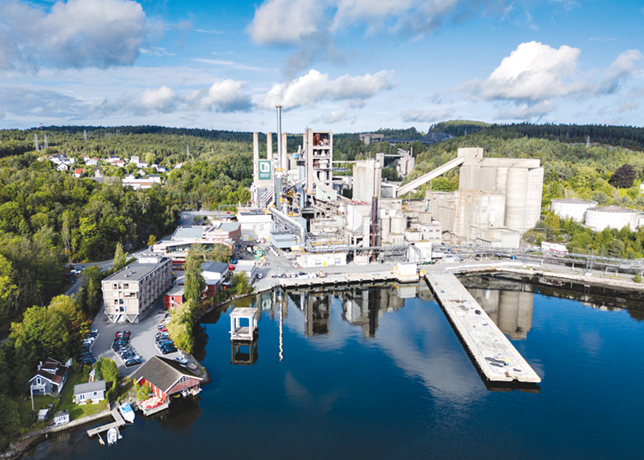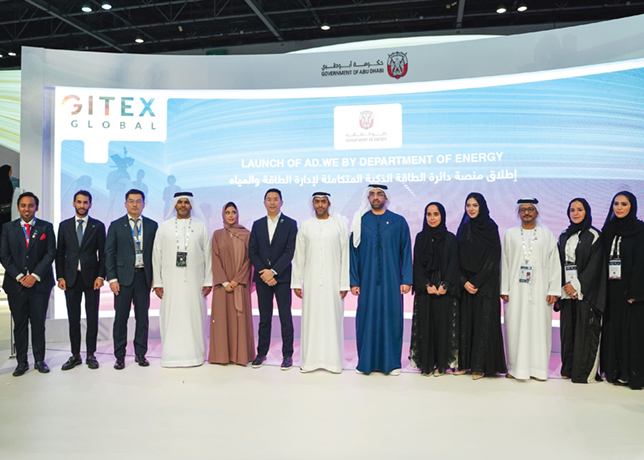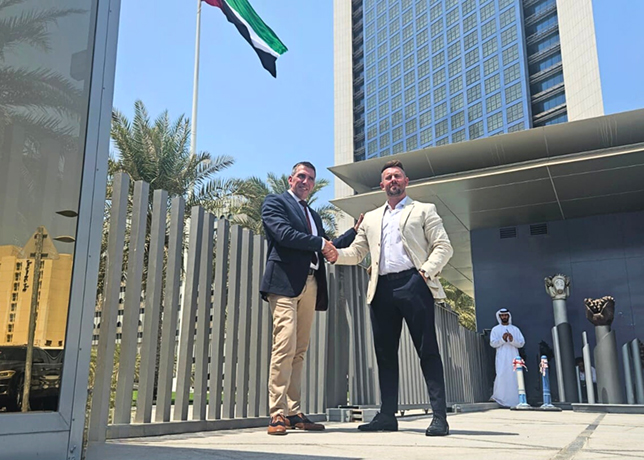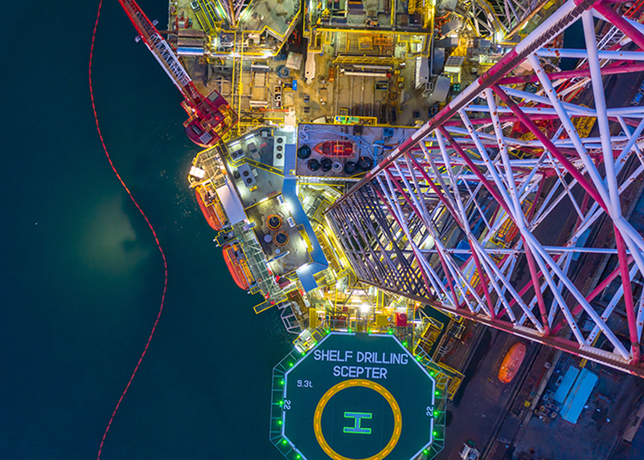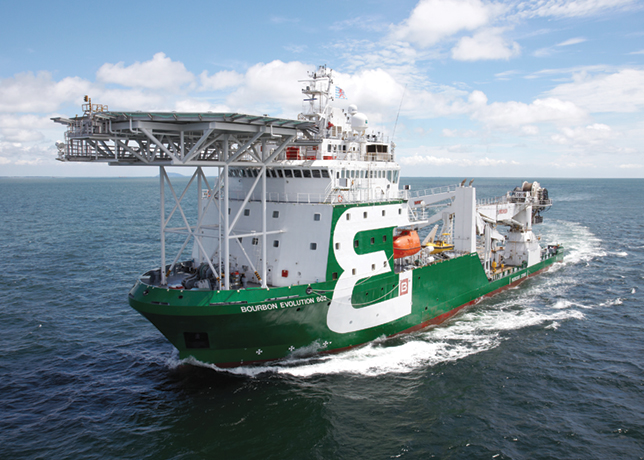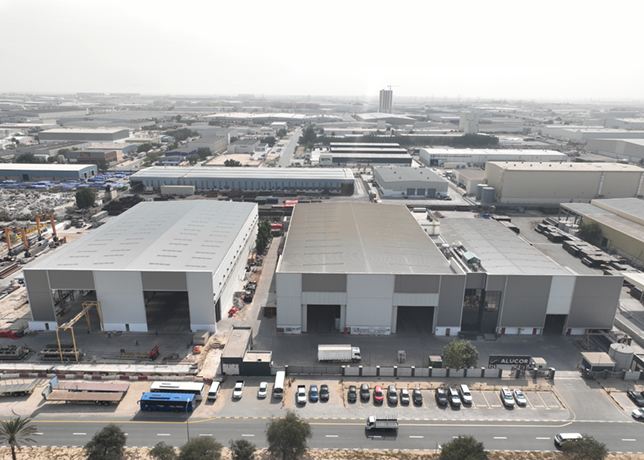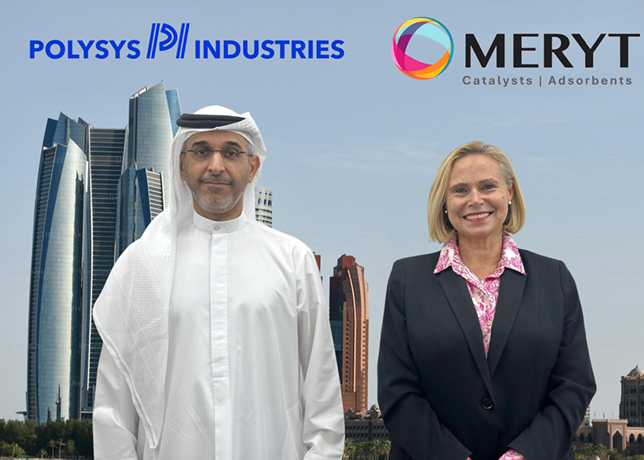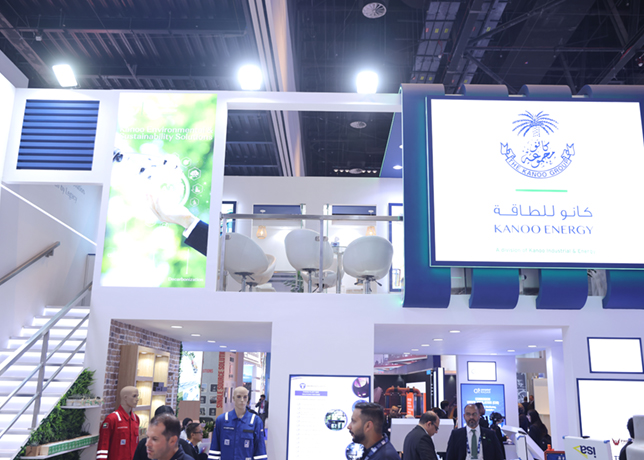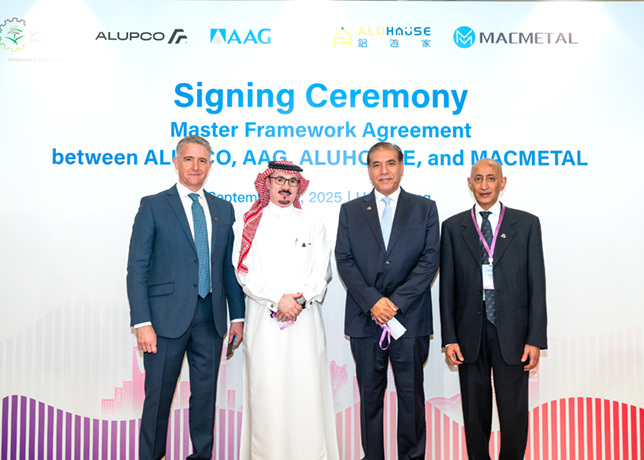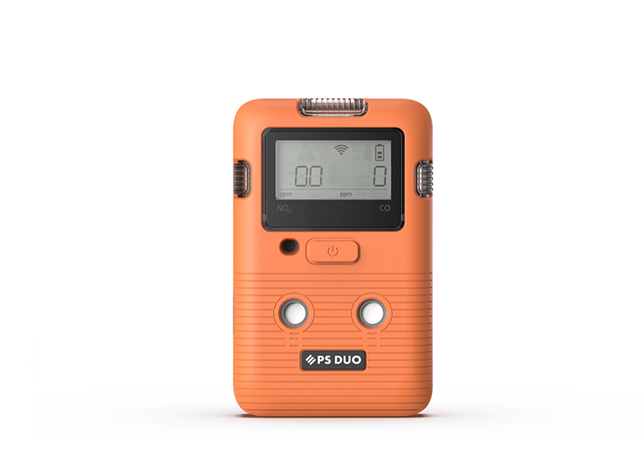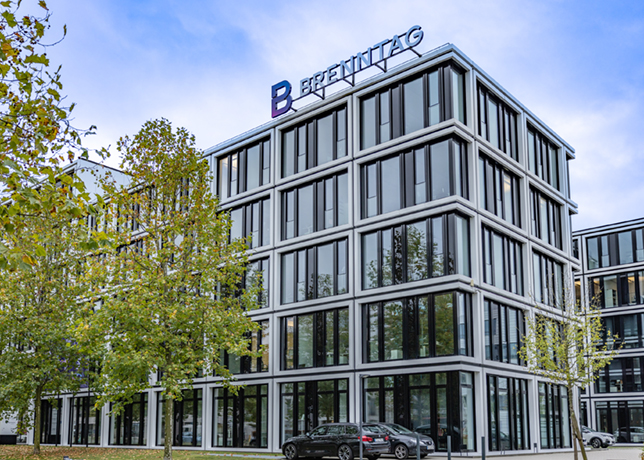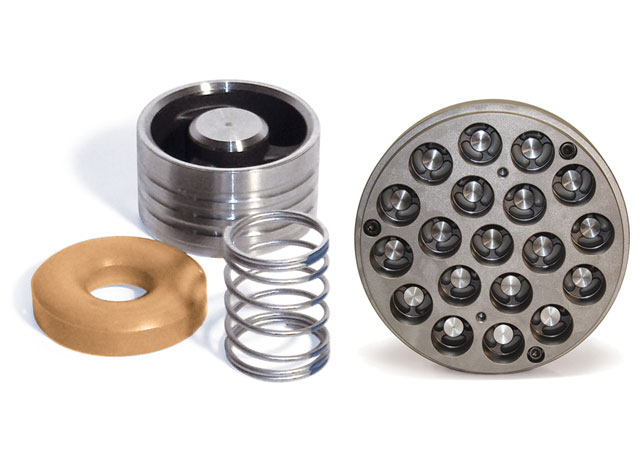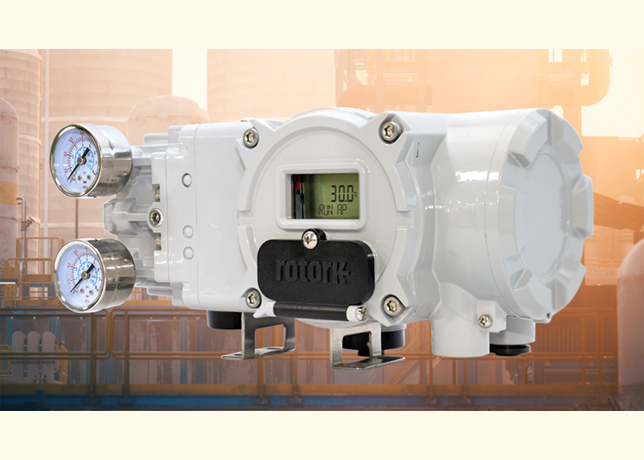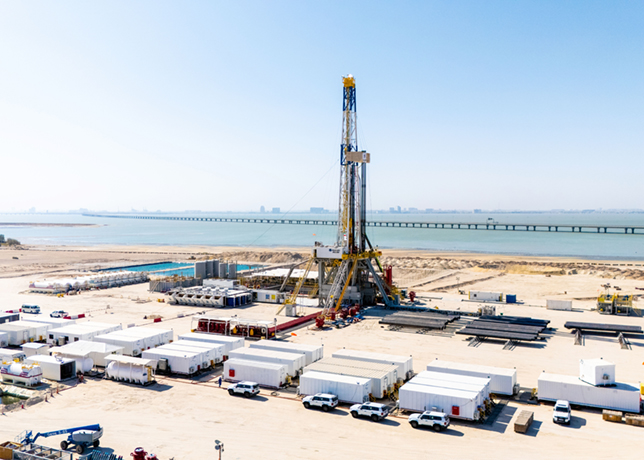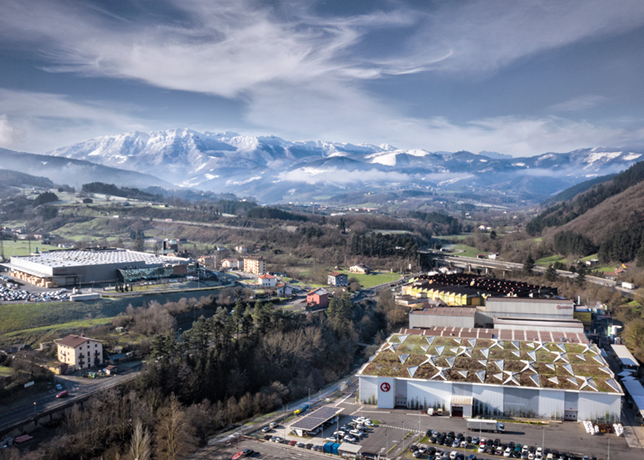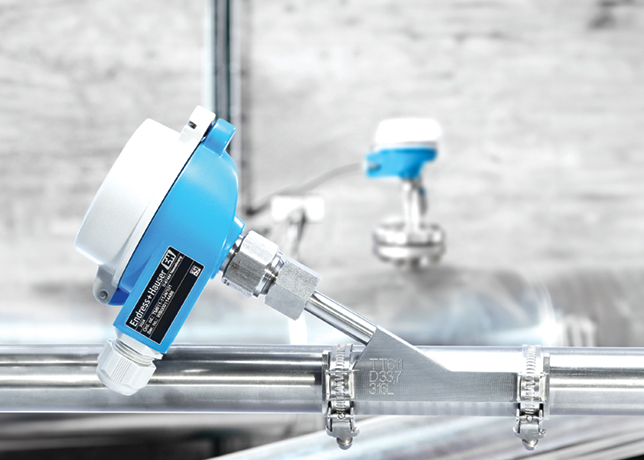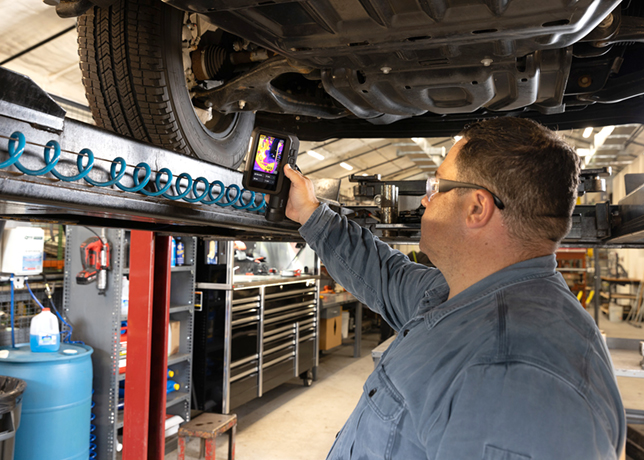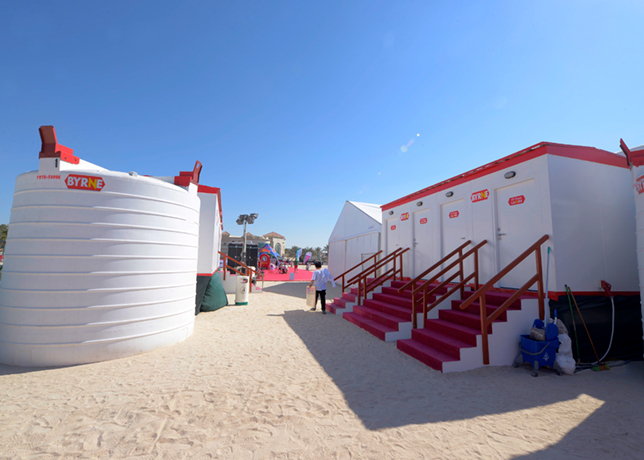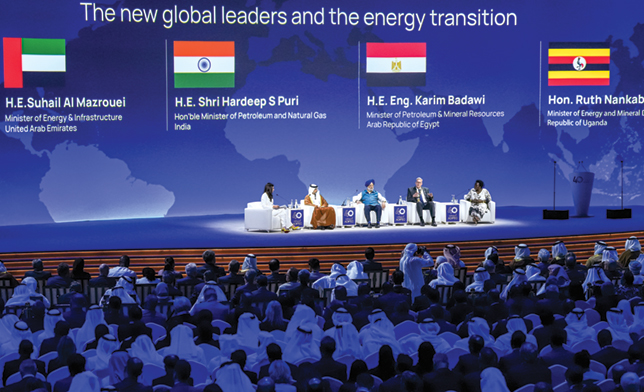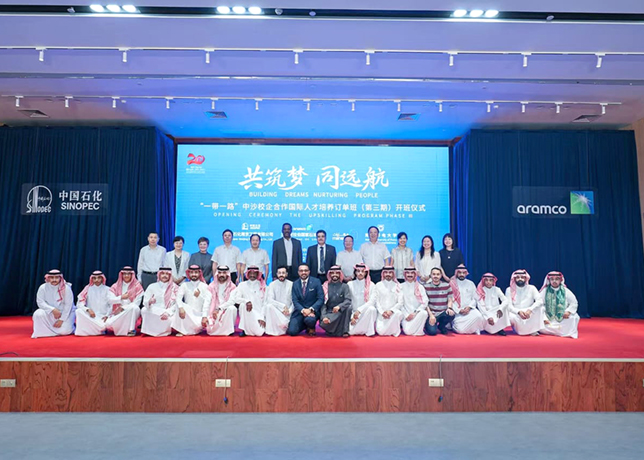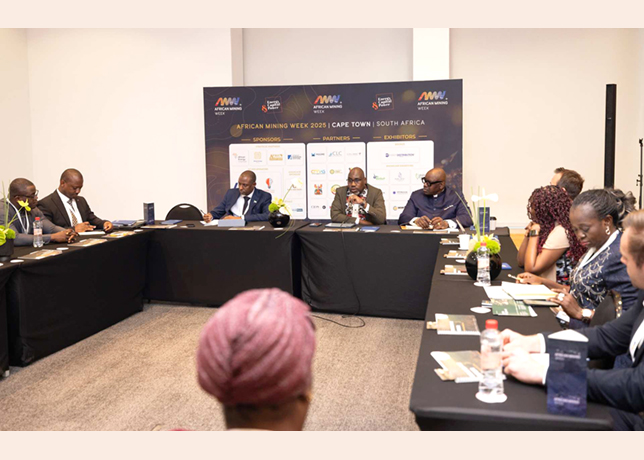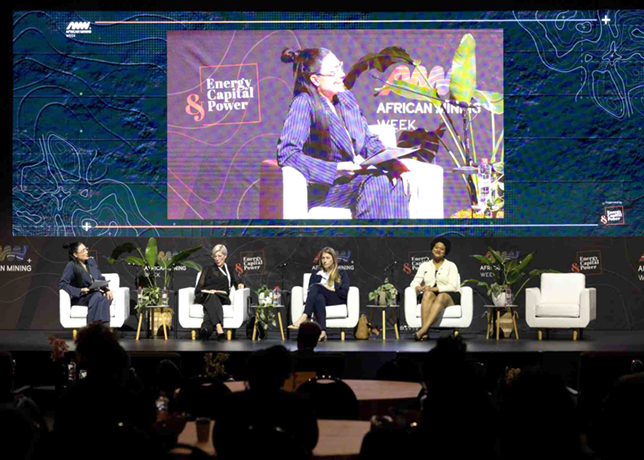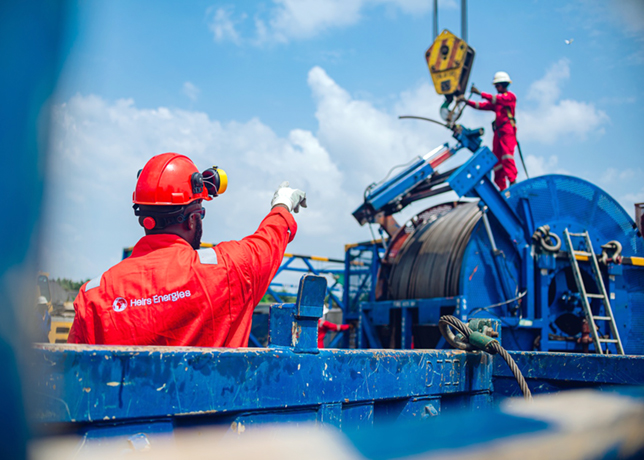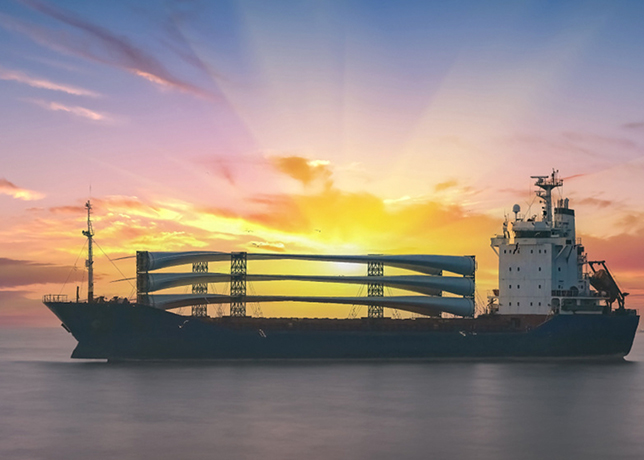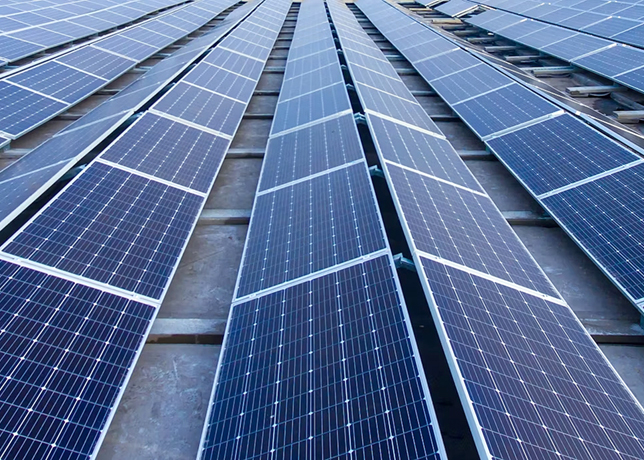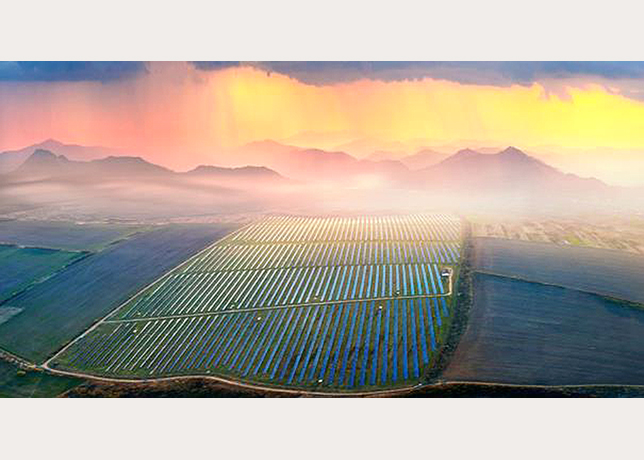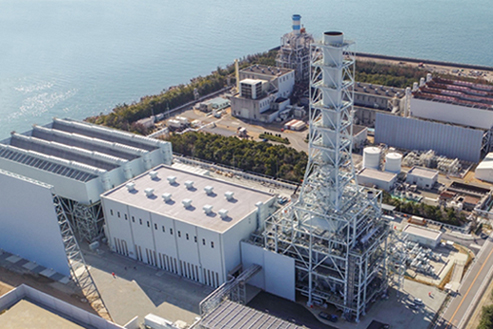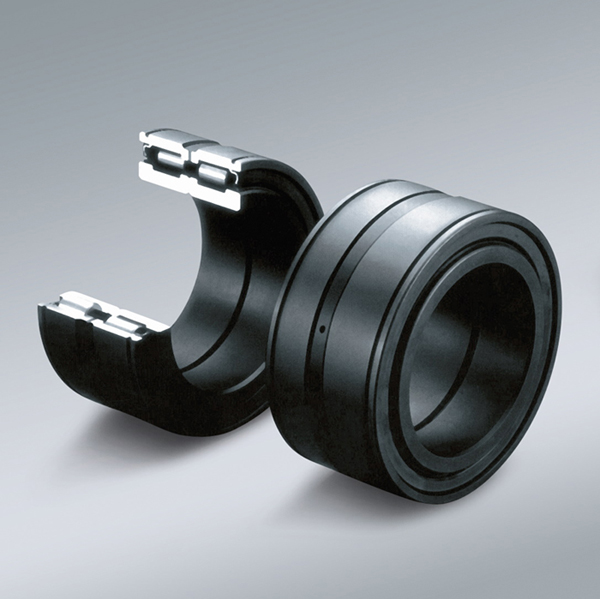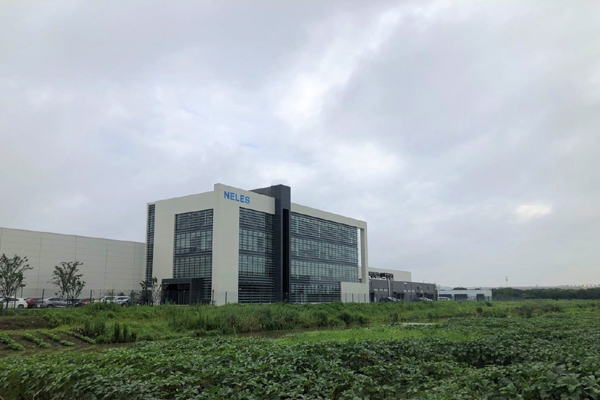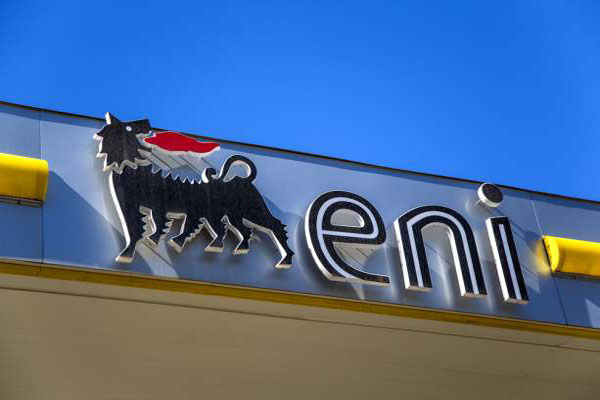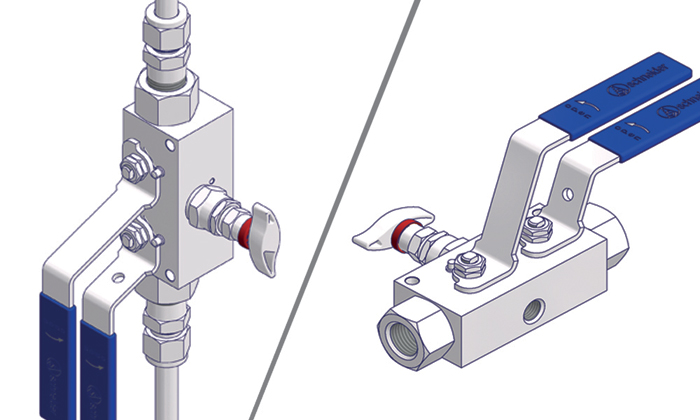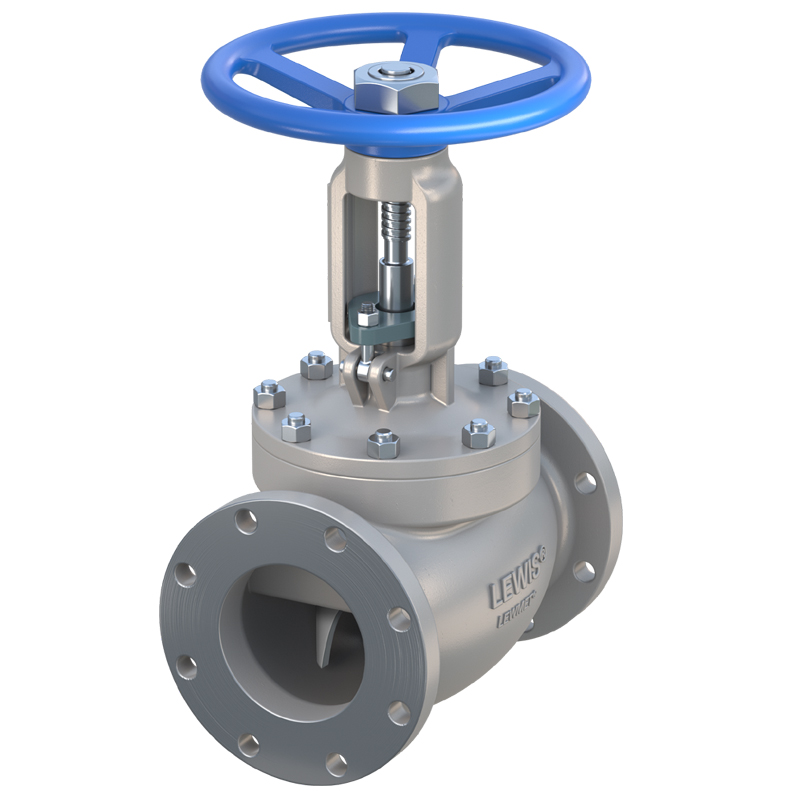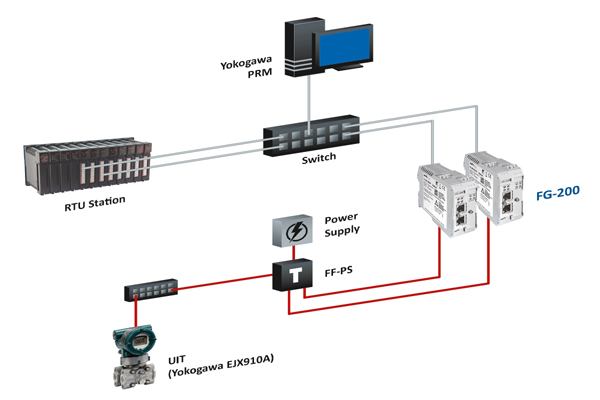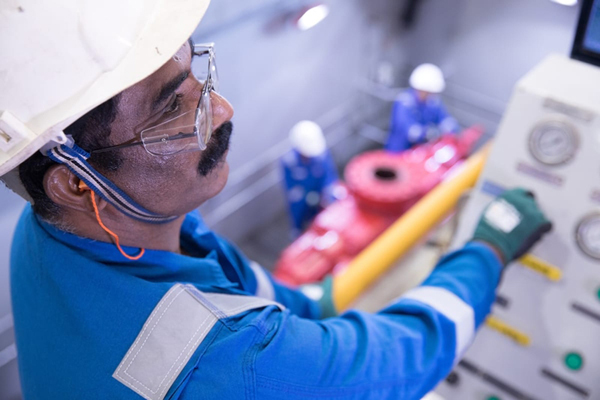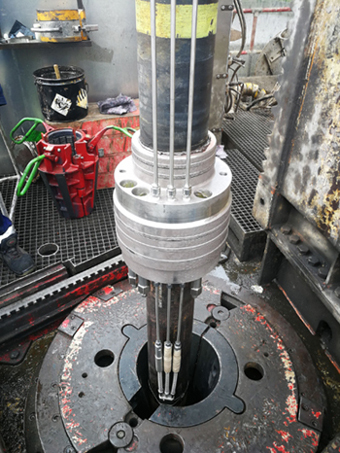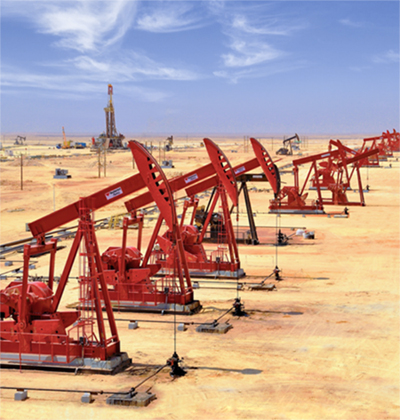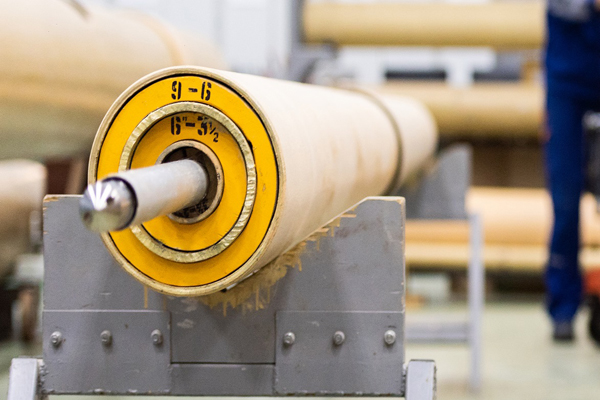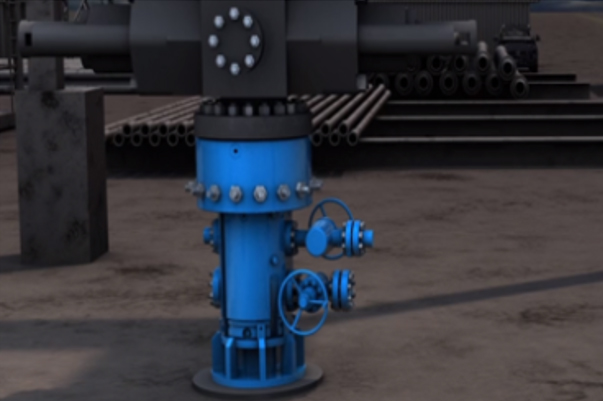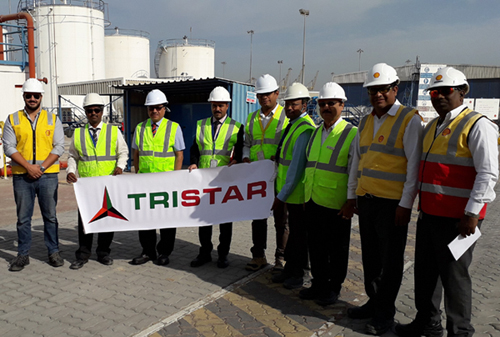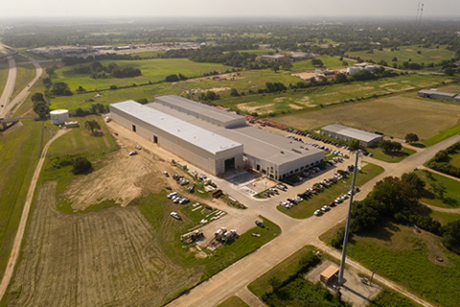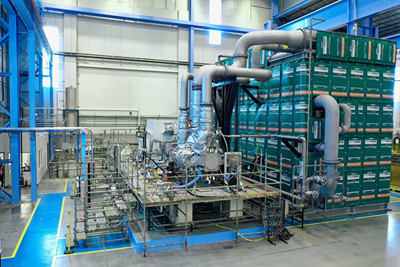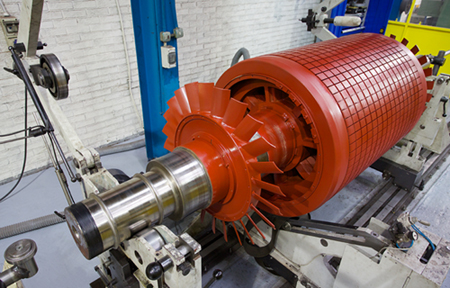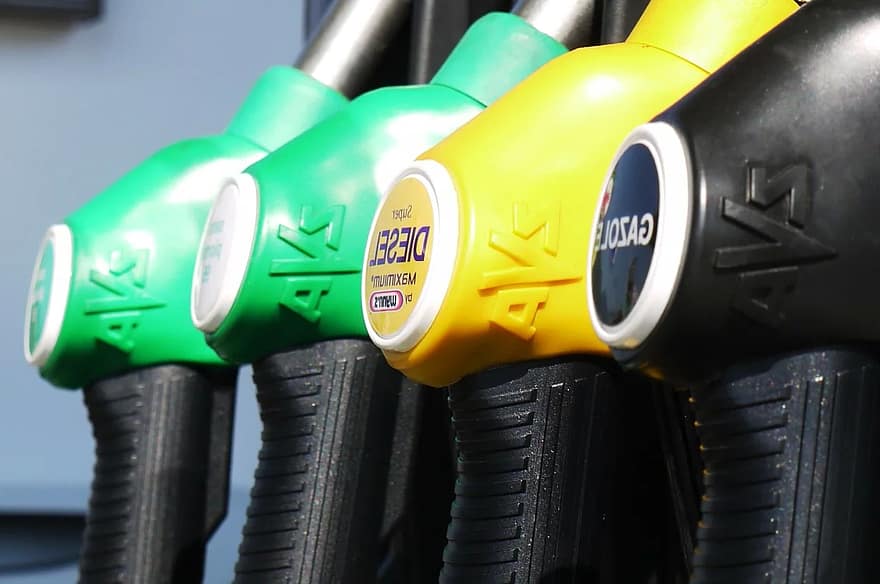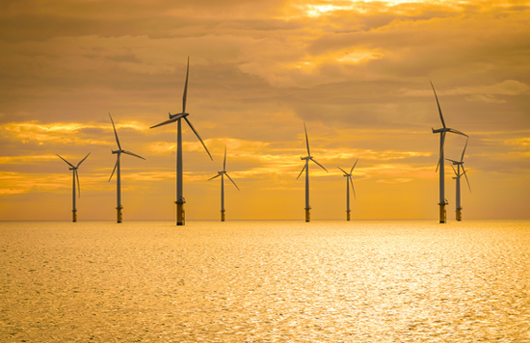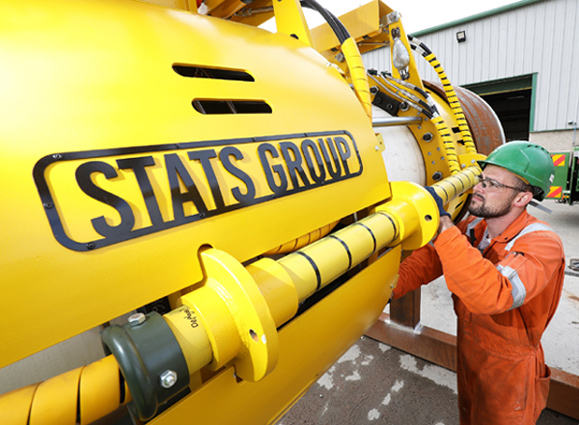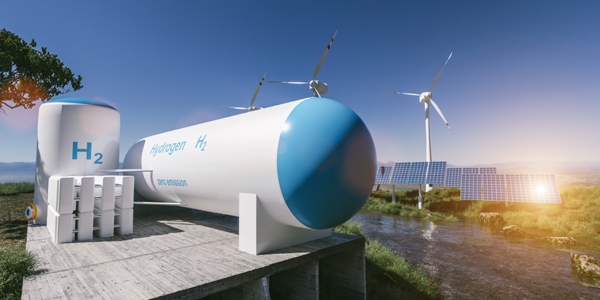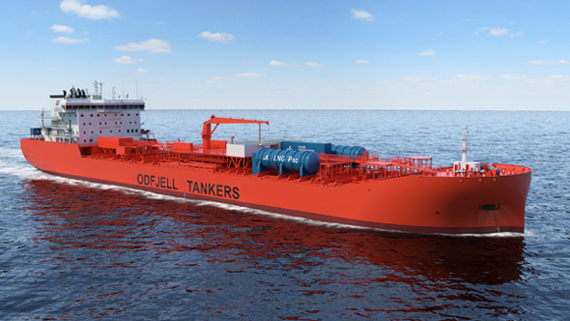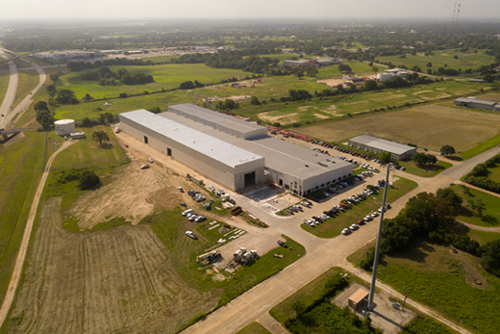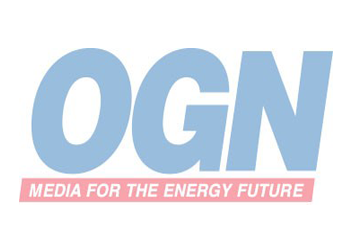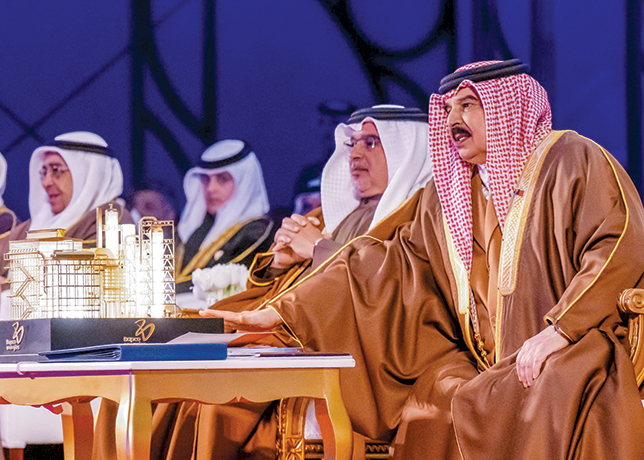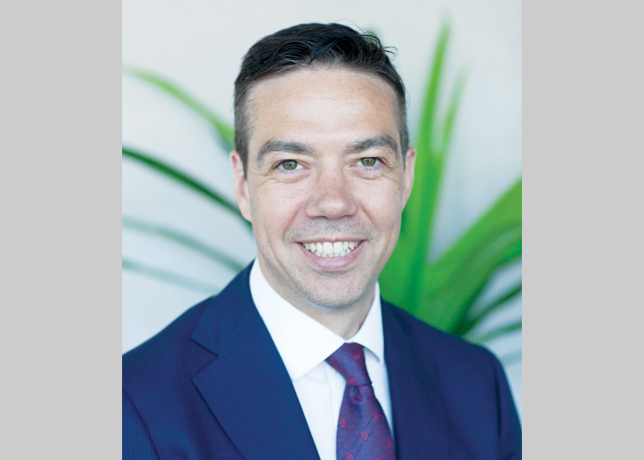
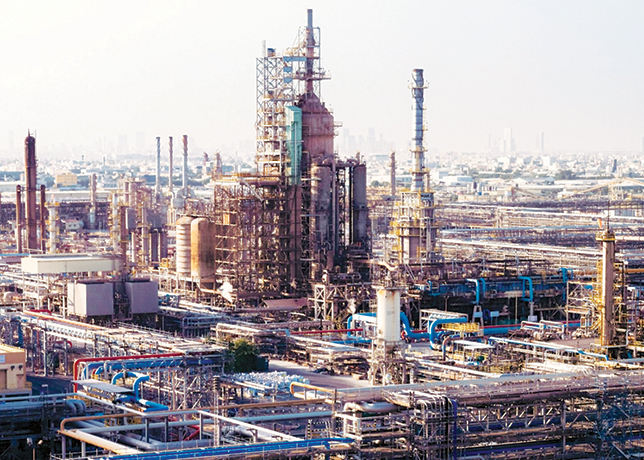 The Bapco Modernization Project ensures environmental compliance
The Bapco Modernization Project ensures environmental compliance
The Bapco Modernization Project (BMP), one of the largest energy initiatives in the history of Bahrain, represents the most significant capital investment in Bapco Refining’s 90-year history.
This multi-billion-dollar project prepares Bahrain for the evolving energy landscape.
At its peak, the BMP has involved more than 20,000 contractors and represents a transformative step for Bapco Refining. By enabling higher throughput, improving product quality, and ensuring compliance with environmental standards, the BMP aligns with Bahrain’s Vision 2030 and strengthens the company’s competitiveness in the global energy market.
OBJECTIVES OF THE BMP
The BMP will increase the company’s refining capacity, enhance the product slate, improve energy efficiency, and ensure environmental compliance.
The refinery’s crude capacity will rise by 42 percent, reaching 400,000 barrels per day, while the Resid Hydrocracking Unit (RHCU) will convert 78 per cent of lower-grade feedstock into high-value distillates, such as diesel and kerosene. Additionally, the project will improve the Energy Efficiency Index (EII) through the introduction of new, efficient units and the decommissioning of older facilities.
RESID HYDROCRACKING UNIT
One of the key units of the BMP is a Resid Hydrocracking Unit (1RHCU) which is powered by technology licensed from Chevron Lummus Global (CLG). The BMP has built a two-train RHCU with a capacity of 65,000bpd.
 |
Less than a dozen of these units exists globally, and Bapco’s 1RHCU will be among the largest on the planet. The plot size for 1RHCU is expected to be approximately 260m x 260m – that is, equivalent to almost 10 football pitches.
The RHCU will convert 78 per cent of the vacuum resid feed into intermediate products (distillates) which will then be further processed into high margin kerosene and diesel.
NEW CRUDE AND VACCUM UNIT (7CDU/7VDU)
The refinery includes 7 Crude Distillation Unit (7CDU) and Vacuum Distillation Unit (7VDU) as part of BMP’s comprehensive upgrade of Bapco’s facilities. This new state-of-the-art 225,000 bpd integrated crude and vacuum unit replaces 1,2,3 CDU and 1,3 VDU, which served Bapco for over 80 years. The units provide the required feedstock for further downstream processing.
The units are designed to maximise output with minimum amount of energy while optimising yield performance, and thus fulfilling a key BMP objective. The units increase crude output by +42 per cent of the existing refining capacity. The crude column is 160’ tall and has 34’ - 9" diameter. The vacuum column is 142 feet tall and has a diameter of 37’ – 1" at its widest point. The new AB4 pipeline from Saudi Arabia will supply higher levels of crude oil to meet the required increased output, which will be processed more efficiently by the new units.
Key features of 7CDU include desalters and a two-drum overhead system which removes corrosive elements from the raw crude and enhances the reliability of the unit and allows processing of a heavier feedstock as needed. The 7CDU heater is energy efficient and has a duty of 445 MM Btu/hour and 36 low NOx burners. An additional key feature of 7VDU is the deep vacuum mode that helps the unit in maximising product yields. The units help transform crude oil into valuable petroleum products like LPG, Naphtha, Kerosene and Diesel, and also in preparing the remaining heavy oil fraction for further processing in the secondary conversion units (2-Hydrocracking Unit and 1-Resid Hydrocracking Unit).
SECOND HYDROCRACKER (2HCU)
BMP's No. 2 VGO Hydrocracking Unit (2HCU) is one of the most important conversion units in the refinery beside 1HCU and 1RHCU. Its configuration is similar to the existing Hydrocracking Unit (1HCU), with more complexity primarily due to a more intensive waste heat recovery scheme, aiming at maximising the unit energy efficiency. Both hydrocrackers utilise technology listened by Chevron Lummus Global (CLG). The unit also contains three make-up Hydrogen compressors which will also supply Hydrogen to several other process units in the refinery. The unit occupies a plot space of about twice as big as 1HCU (about 34,000 sq m – equivalent to about 5 football pitches).
The unit is a single train with two stages of reaction, having a capacity of 58,000 barrels of Vacuum Gasoil per day. The unit will receive raw feed from new/existing crude distillation units and 1RHCU. 2HCU will convert 99 percent of the low value feed into higher margin final products, mainly middle distillates (kerosene and diesel). The remaining 1 percent of unconverted oil will be blended into fuel oil. 2HCU will work together with 1RHCU in producing high quality products, starting from the "bottom of the barrel". This unit, along with 1RHCU, are the main contributors to the refinery profitability increase.
The unit has the heaviest equipment (reactors) and tallest column (fractionator) in the refinery. The transportation and erection of these equipment was a huge challenge and required extraordinary logistics efforts.
#3 SULPHUR PLANT
The #3 Sulphur Plant is a sulphur recovery, amine and sour water treating facility built as part of the BMP, and comprises 11 separate integrated process units.
The plant’s main purpose is to recover H2S from the BMP Units’ process streams and convert it into liquid sulphur. The liquid sulphur is then converted into solid pastilles in a separate unit, with the final product exported to other countries. Parsons is the technology licensor for the sulphur recovery and tail gas treating plants.
This plant includes several units, such as three Sulphur Recovery Units (SRUs), two Tail Gas Treating Units (TGTUs), two Bulk Acid Gas Removal Units (BAGRUs), two Amine Regeneration Units (ARUs) and two Sour Water Stripping Units (SWSs). The new SRUs will add 750 MT/Day capacity, leading to post-BMP refinery total sulphur production installed capacity of 1,535 MT/Day.
The new block is strategically located adjacent to the existing LSDP (Low Sulphur Diesel Production) Complex SRUs (towards its South-side), and at half a kilometre length is one of the longest blocks at the BMP site.
ENVIRONMENTAL COMMITMENTS
Environmental considerations have been central to the BMP, with more than 50 environmental and social studies conducted to ensure compliance with local regulations and international standards. The project will achieve a 50 percent reduction in sulphur dioxide emissions, a 5 percent reduction in nitrogen oxide emissions, and a 9 percent reduction in treated wastewater discharge.



